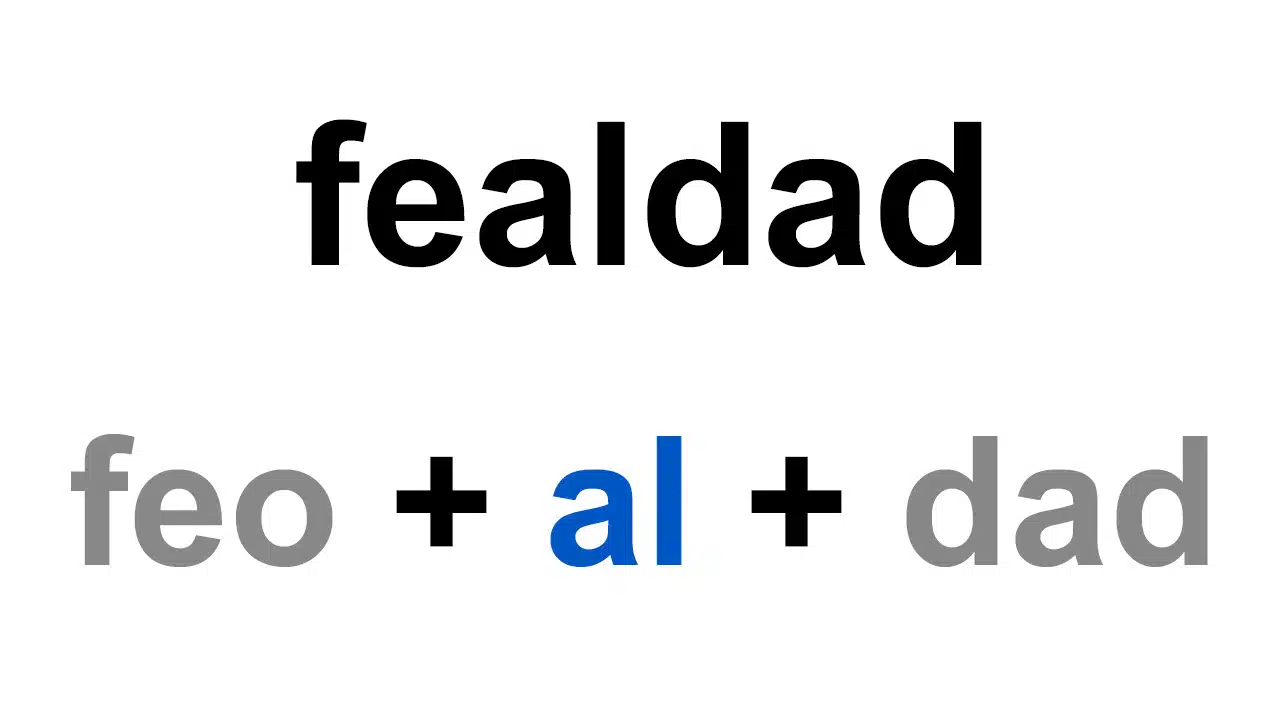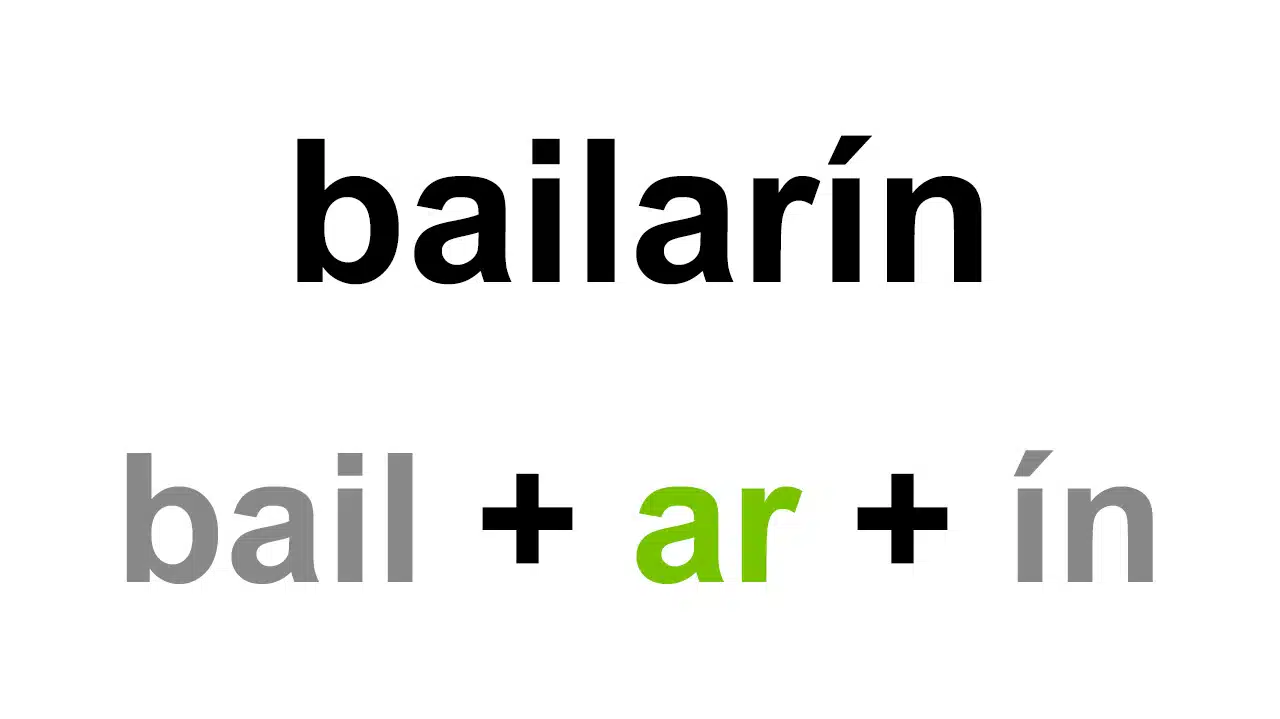
In the word "ugliness", the interfix is "al".
Interfix is the affix that is sandwiched between the root and the suffix . This notion is used in the field of grammar and can also be mentioned as an infix , according to what is accepted by the Royal Spanish Academy (RAE).
An interfix is also understood to be the affix that does not follow or precede the lexical morpheme , but is positioned inside it, combining with other derivational suffixes and other affixes.
Take the case of the noun “ugliness” . This term has “ugly” as its lexical base, to which is joined the interfix “al” and finally the derivative suffix “-dad” . This is how the word “ugliness” is formed.
Affix
An affix is a linguistic element that is added to a root or base of a word to form a new word or modify its meaning . Affixes are a fundamental part of morphology, which is the study of the structure and formation of words.
There are different types of affixes, which are classified according to their position with respect to the root of the word . In addition to interfixes, the main types of affixes are the following:
- Prefixes : They are placed before the root of a word and modify its meaning. For example, in the word repeat , the prefix re- indicates repetition or repeating an action;
- Suffixes : They are added to the end of the root of a word and also modify its meaning. For example, in the word love , the suffix -oso indicates a quality or characteristic, turning the noun love into an adjective.
Affixes can add grammatical information (such as gender, number, tense , etc.), indicate relationships between words , or even form new words . Its use is very frequent in our language. It is important to note that affixes are morphological elements, that is, they cannot appear as independent words, but rather they are always joined to a lexical base to form a new word.
Root and suffix
The root is the central and unchanging component of a word that carries its basic meaning, while the suffix is an affix added to the end of a root to modify its meaning or form new words. Both elements are essential to understanding the structure and formation of words in a language.
In linguistics, the root is the fundamental nucleus of a word that contains its basic meaning . It is the main and essential element that remains constant through the various forms and derivations of a word. It cannot be broken down into smaller meaningful parts without losing its original meaning.
A suffix is a type of affix that is added to the end of a root to form a new word or modify the meaning of the existing word. Suffixes are widely used and can indicate different grammatical categories , such as nouns, adjectives, adverbs or verbs, as well as plurality, gender, tense, among other things. For example, in the word singer , the suffix -ante is added to the root cant- to form a noun that indicates "the person who performs the action of singing."
The interfix is located in a specific position in the word. Specifically, between the root (the lexical morpheme shared by all the words of the same family group, which generally states a common meaning) and the suffix (the affix that comes after the base).

For Yákov Malkiel, the interfix "ar" is the most common.
Yakov Malkiel
According to the philologist and etymologist Yákov Malkiel , interfixes have no significant or grammatical function . These are unstressed elements that constitute links between the lexical base and the suffixes.
For Malkiel , the most commonly used interfix is “ar” . This interfix appears in “bail-ar-ín” and “espald-ar-azo” , for example.
